The amount of safety equipment available on cars nowadays is quite staggering – from sensors that monitor blind spots to systems that can basically drive the car automatically.
If you haven’t been in a brand new car for a couple of years then it’s likely that the value of the kit being offered by manufacturers could be lost on you.
We’ve picked our favourite innovations and described what they do, how they work, and what different car makers refer to them as, to help you get up to speed.
Which of these six gadgets will you choose on your next company car? Read on to find out.
Blind spot monitor
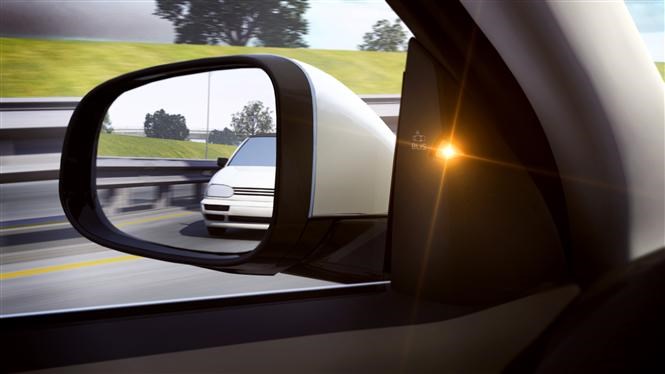
Also known as: Side Assist, Active Blind Spot Detection, BLIS.
What it does: It can be easy to miss a car sitting in your blind spot on the motorway, whether it’s obscured by a thick pillar and small door mirrors, or because you forgot to look over your shoulder before pulling out.
This clever system uses sensors to keep an eye out for any cars immediately behind and to the side, and will warn the driver with a beep or flashing light mounted in the door frame or mirror itself.
Lane departure warning/active lane assist
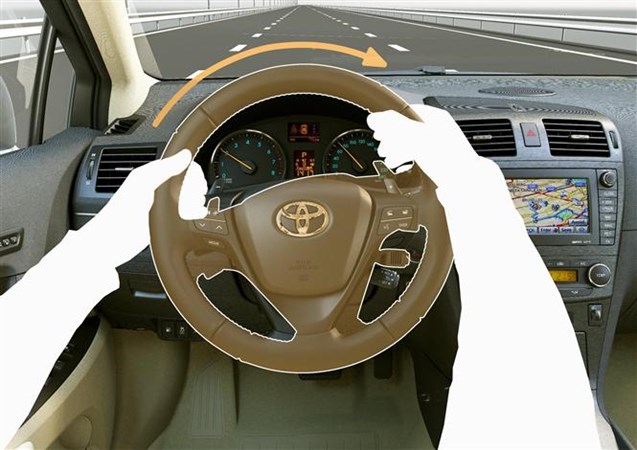
Also known as: Lane Assist, Active Lane Keeping Assist, Lane Keeping System.
What it does: We’re technically talking about two systems here but they perform a similar job – keeping you within your lane.
The most basic lane departure warning system will beep or vibrate through the steering wheel when it detects you wandering over the white line, whether it is because you have lost concentration or are falling asleep.
While this in itself is a useful and potentially life-saving feature, its more complex sibling actually makes small steering adjustments for you in order to maintain your position.
As well as keeping you from wandering over the line, this also takes a lot of the work out of a long journey and can be considered an additional convenience benefit.
Adaptive cruise control
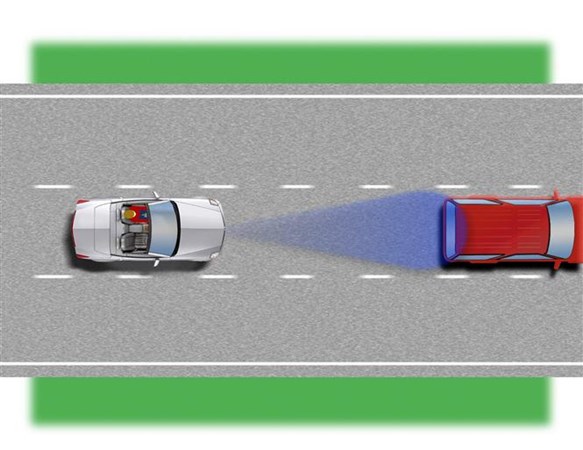
Also known as: Active cruise control, Distronic Plus
What it does: The problem with cruise control is not everyone is using it, and if they are, they’re all set to different speeds.
This means you invariably only get to use it when the road is completely clear, unless you want to keep turning it off and on when someone is going slower than you.
Not a problem when your cruise control is radar guided like the systems mentioned above.
These can track vehicles in front of you and even ones about to pull out in front of you automatically adjusting your speed to maintain a preselected distance.
Best of all, some work all the way down to a standstill, so you can crawl along in a traffic jam without wearing out your left leg.
Keeping a big gap in front gives you more time to slow down in an emergency, and the active cruise control system can pre-load or even apply the brakes for you in certain situations.
City braking
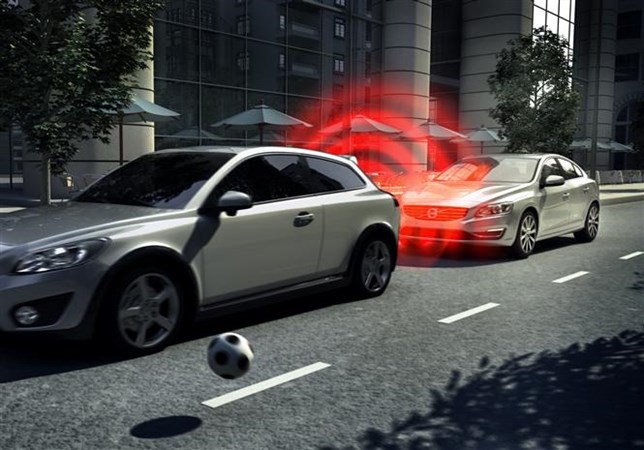
Also known as: Smart City Brake Support, City emergency braking, Autonomous Emergency Braking
What it does: Low speed shunts in town are common, so it’s good to know that some autonomous braking systems can apply the anchors when they spot a car pulling out or a pedestrian stepping off the kerb. They work by using radar, cameras or a laser to scan the road ahead and brake before you hit an object in case you fail to see it yourself.
Adaptive headlights

Also known as: Highbeam assist, cornering headlights
What it does: There was a time when car headlights were like candles in jars, lighting up the front of your car and not much else.
Nowadays things are different, with all manner of clever systems to help illuminate as much of the road as possible, without dazzling other motorists.
As well as lights that can be redirected to the left or right as you go around a corner, you can now get high beams that automatically come on when it’s dark enough, and switch off when they detect an oncoming car.
Most interesting of all are the multi-beam LED or laser headlights currently being offered by BMW, Audi and Mercedes-Benz. These can alter their beam pattern to block out an oncoming vehicle while brightly illuminating the rest of the road.
Rear-view camera
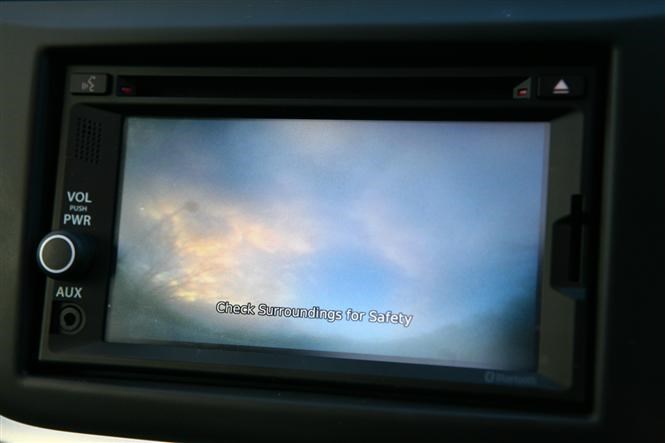
Also known as: Reversing camera
What it does: Although its primary use may be in helping you locate and reverse into a parking space, the wide angle and low mounting point of the camera also makes it a useful tool in spotting any pedestrians or other vehicles which may be behind your car, and potentially obscured by pillars or bodywork.
Need more help? Maybe the below articles can help
Top tax-busting diesel company cars
Top five company cars coming soon
The cash vs company car debate
New company car kit to consider in 2015
Just so you know, we may receive a commission or other compensation from the links on this website - read why you should trust us.

